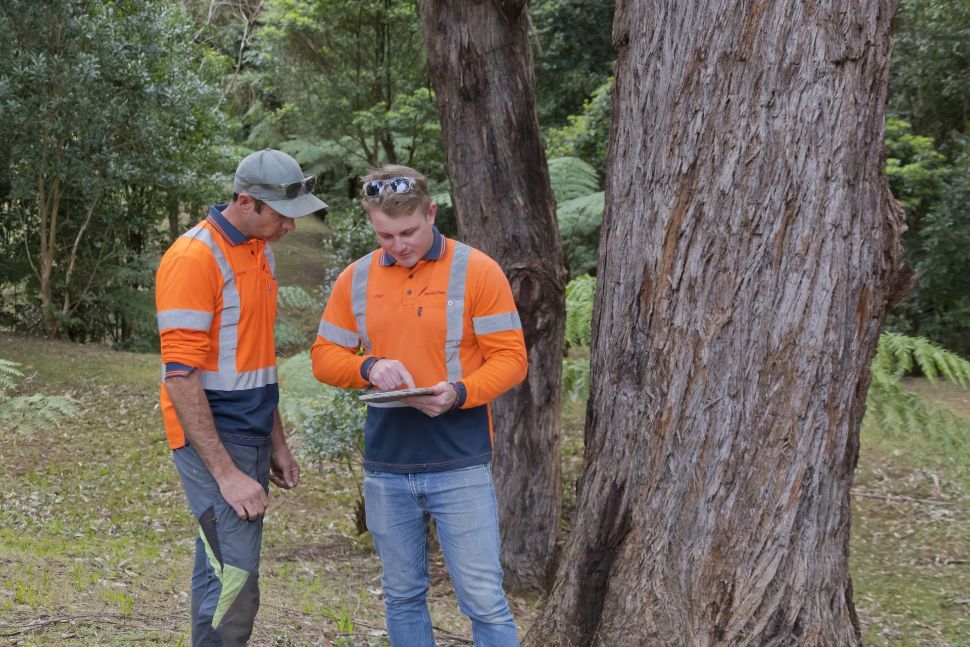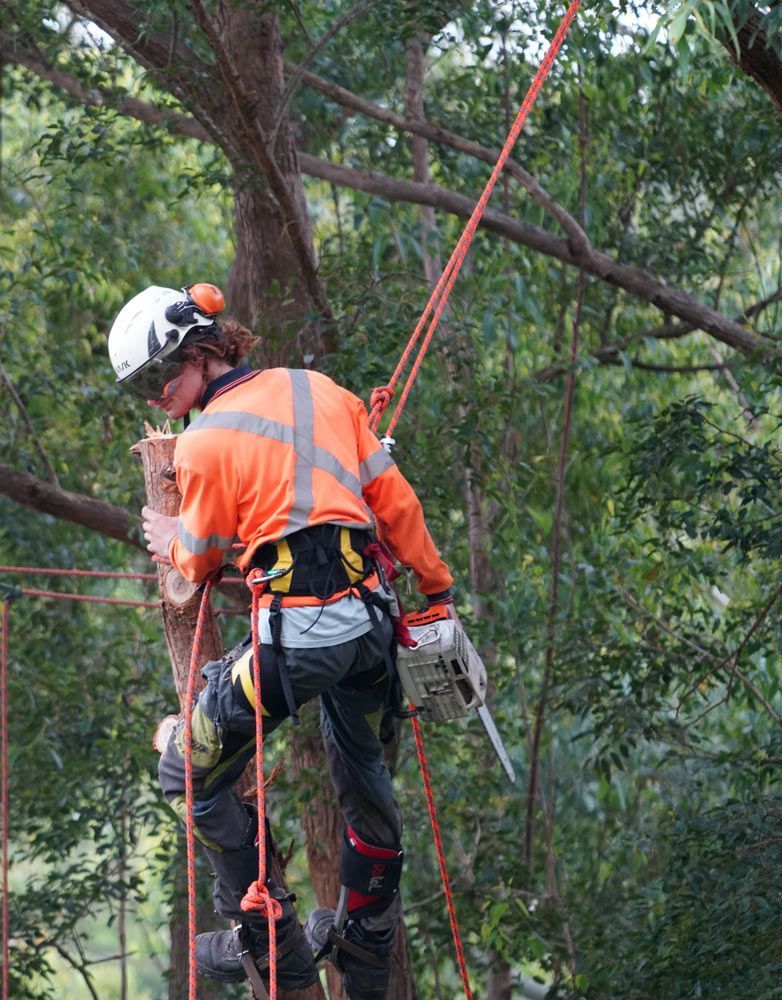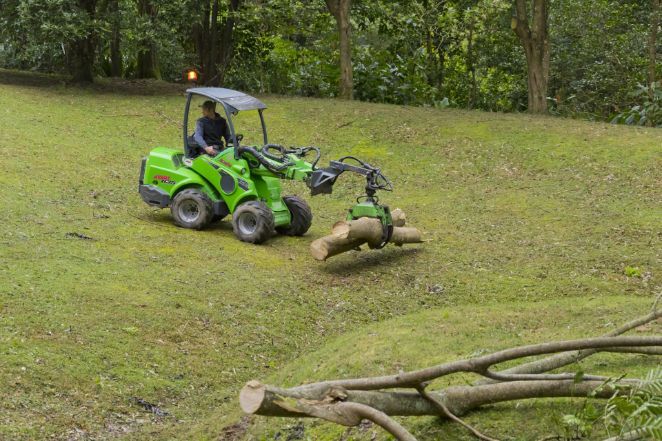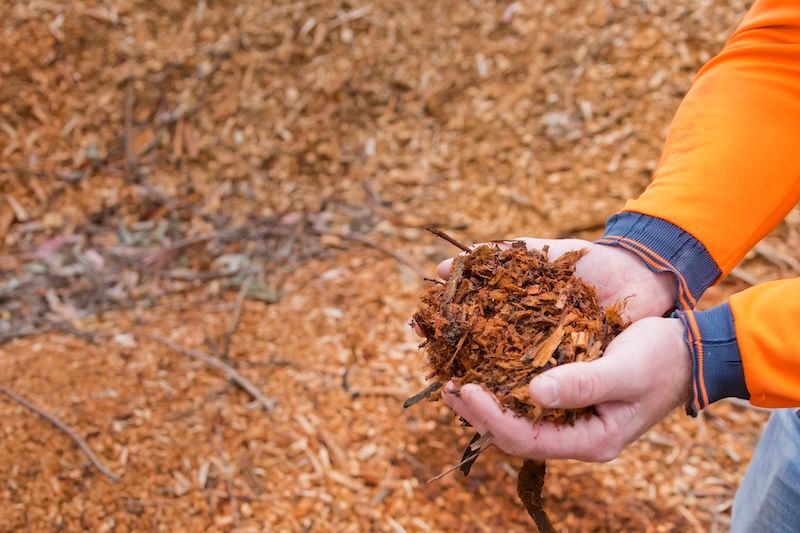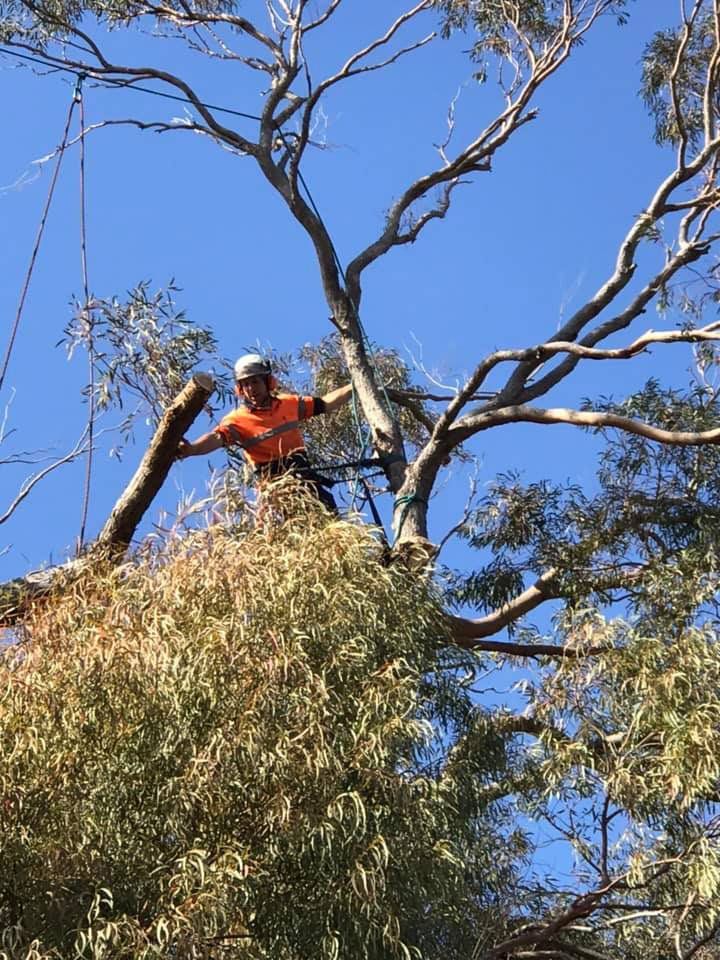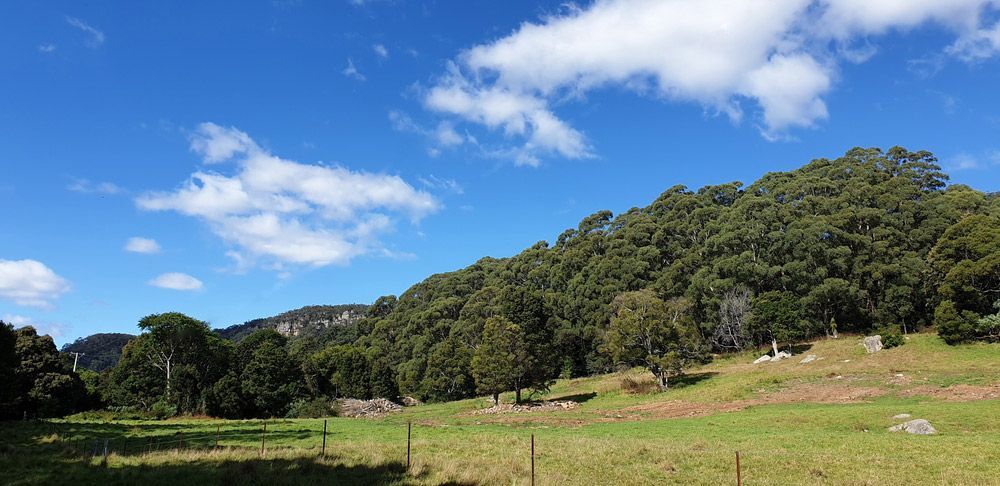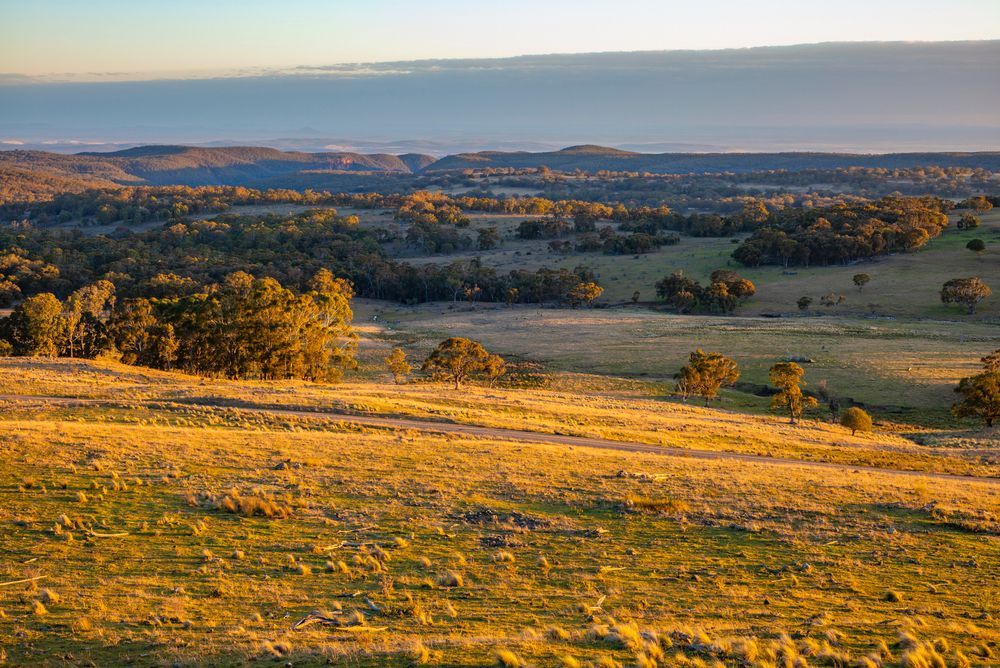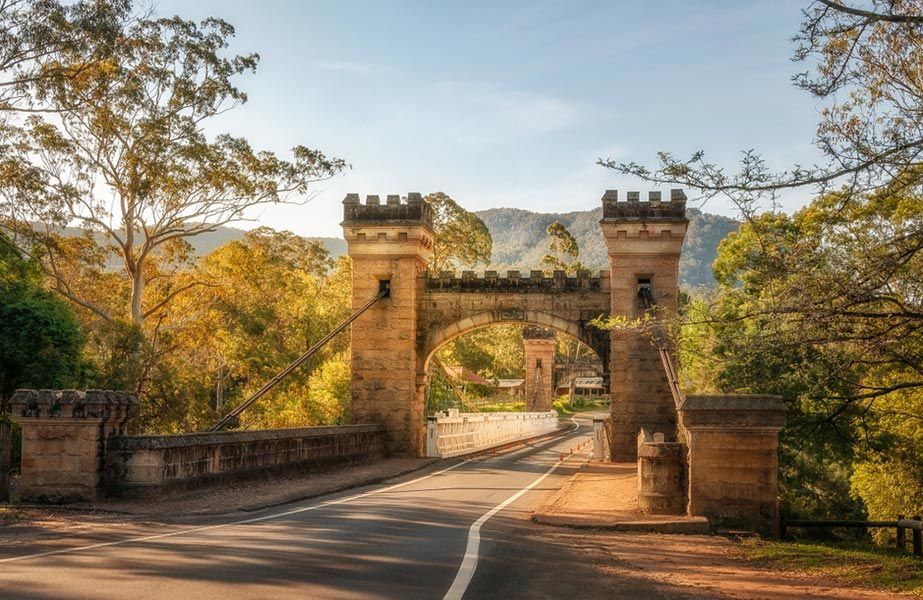Arborist Wollongong
Professional Arborist in Wollongong providing reliable tree removal, and tree care services
Reliable Tree Care by Trusted Arborists in Wollongong
Why Choose Our Expert Arborists in Wollongong?
Handling tree removal with precision and care, we ensure a safe environment for Wollongong's homes and businesses.
Enhancing tree health and aesthetics, our pruning services are tailored to suit the unique Wollongong landscapes.
In Wollongong, we focus on preserving the natural beauty with retention strategies aimed at keeping your trees robust and healthy.
Removing unsightly stumps efficiently, we restore the beauty and usability of your Wollongong property.
Preparing your Wollongong site for construction or landscaping with thorough and considerate block clearance services.
Beyond the basics, we provide a suite of additional services to meet all of Wollongong's arboreal needs.
What Our Arborists Do?
Why Hiring an Arborist in Wollongong is Worth the Investment
Trees are a vital part of Wollongong’s landscape. From the towering eucalypts along the escarpment to the ornamental trees lining suburban streets, they add character, provide shade and improve air quality. But to keep trees healthy and safe, proper care is essential – and that’s where an arborist in Wollongong comes in. The arborists at Burnett Trees are trained professionals who specialise in the care, maintenance and management of trees. They’re more than just people with chainsaws – they have the knowledge and experience to assess tree health, manage risk and perform complex pruning or removals safely and efficiently. Whether you’re a homeowner, a property manager or part of a local council team, calling on an arborist can make a big difference to the longevity of your trees and the safety of your surroundings.
When Tree Removal May Be Necessary
There are several reasons property owners may need to consider removing a tree:
Wollongong Local Council Regulations
In Wollongong, you can’t simply remove a tree because it’s inconvenient. The Wollongong City Council has strict regulations in place to protect the natural environment. Most trees on private land are protected under the Tree Management Policy.
Before carrying out any tree removal in Wollongong, you must check whether a Tree Removal Permit or Development Application (DA) is required. In many cases, an arborist’s report must accompany the application to justify removal.
You can apply for permission through the council’s website or contact their Tree Management Officer for guidance. If you remove a tree without approval, you could face fines or be required to plant a replacement.
Frequently Asked Questions
What does an arborist assessment involve?
An arborist assessment is a professional evaluation of a tree’s health, structure, and safety risks. During an assessment, a qualified arborist examines signs of disease, pest infestations, decay, structural weaknesses, and root health. They may also consider environmental factors like soil conditions, drainage, and nearby structures. The assessment often includes recommendations for maintenance, such as pruning, pest management, or risk mitigation strategies. Property owners can use these insights to make informed decisions about tree care, balancing safety, health, and aesthetics while meeting local regulations.
How does professional tree pruning benefit my trees?
Professional tree pruning offers much more than just shaping for appearance. Correct pruning improves structural integrity, reduces the risk of falling branches, and promotes healthy growth by removing dead or diseased limbs. It also improves airflow and light penetration within the canopy, reducing susceptibility to pests and disease. Strategic pruning can help young trees develop strong, well-spaced branches, support fruit production in orchard trees, and protect nearby buildings and utility lines. Unlike improper cutting, which can cause lasting harm, professional pruning focuses on long-term health and stability.
What are common signs that a tree may be unhealthy?
There are several warning signs that a tree might be in poor health. These include discoloured or wilting leaves out of season, extensive deadwood in the canopy, fungal growth on the trunk or roots, peeling or splitting bark, and visible cavities or decay in limbs. Leaning significantly, sudden branch loss, or reduced leaf production can also indicate structural or root problems. Not all signs mean a tree is doomed—early diagnosis by an arborist can help identify treatable issues and prevent hazards or the need for removal.
How do arborists safely remove large or hazardous trees?
Removing large or hazardous trees is a complex task that arborists plan carefully to minimise risk. This typically involves assessing the tree’s condition, nearby structures, and site access before developing a removal strategy. Arborists may use climbing techniques, ropes, rigging systems, and sometimes cranes to dismantle the tree section by section, safely lowering limbs and trunk pieces to the ground. This method helps prevent damage to surrounding buildings, gardens, and utilities. Skilled crews also ensure the worksite remains safe for workers and the public throughout the process.
What is tree root management, and why is it important?
Tree root management involves assessing, maintaining, or modifying a tree’s root system to balance health and safety with property needs. Roots can cause issues like lifting pavements, invading plumbing, or destabilising nearby structures. Arborists use techniques such as root pruning, barriers, and soil treatments to redirect growth or reduce conflict. Careful root management also protects the tree’s health—improper cutting can weaken stability or invite disease. By protecting root issues proactively, property owners can maintain healthy trees while protecting infrastructure and avoiding costly repairs.


